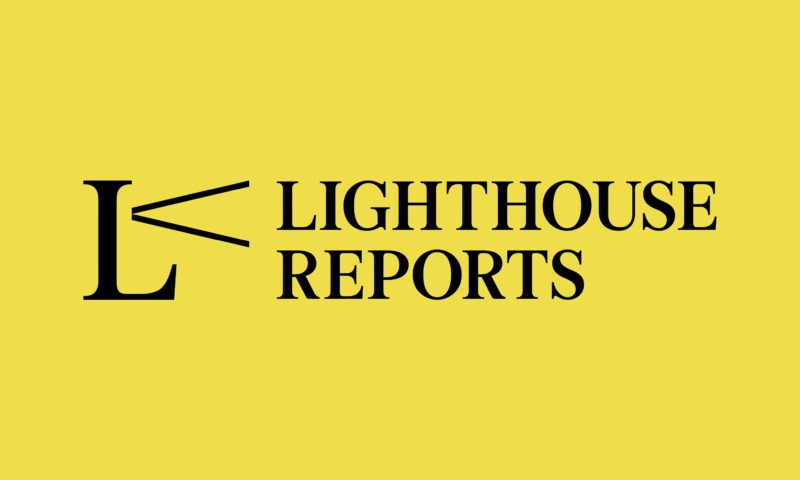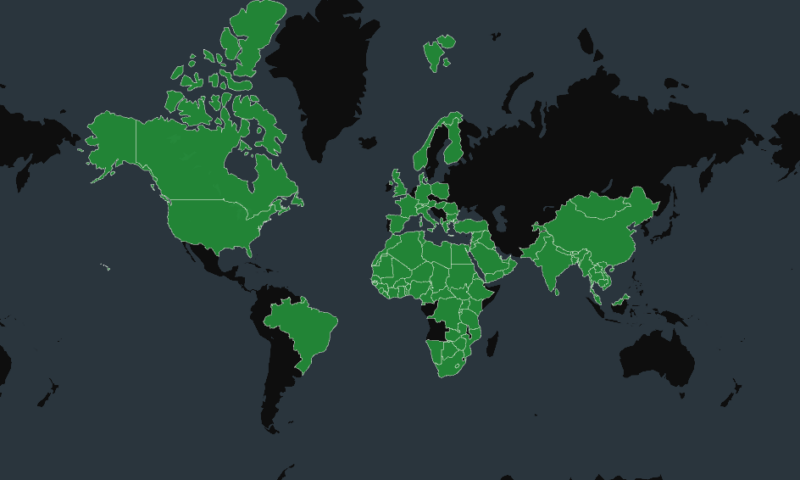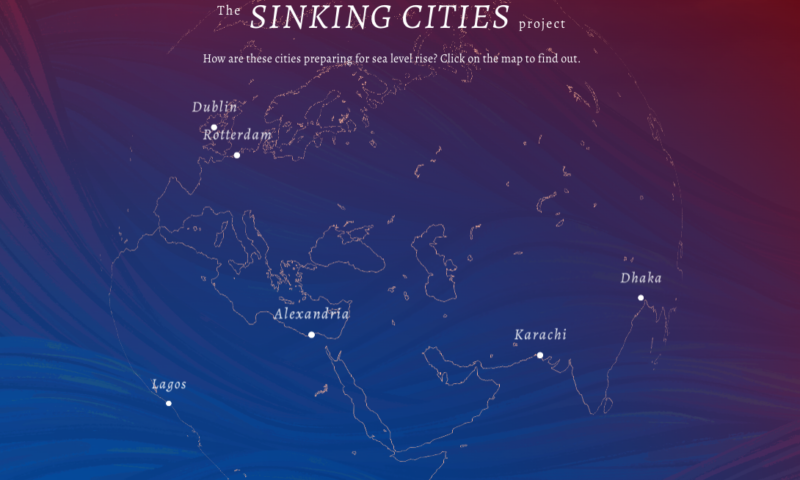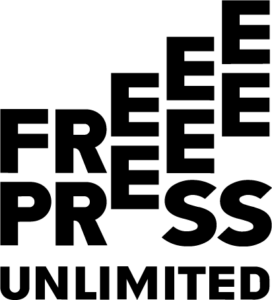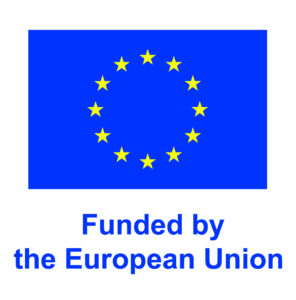Reference – The Independent European Media Circle is a network of over 25 European independent media that support each other to address operational challenges through conversations, exchanges and research. Incubated by Arena for Journalism in Europe, a foundation that supports collaborative journalism, the network meets twice a year in person, to both discuss the non-editorial issues network members are coming up against in their work, and find shared solutions and a path towards sustainability of their organisations.
Currently, Reference is also working on the Journalism Value Project, a European Commission funded project researching the sustainability of the ecosystem of independent European media, alongside Netzwerk Recherche, and facilitating peer-to-peer learnings for the Reference members on media business challenges – where members will visit each other’s newsrooms, paired on shared challenges.
Organising these matches is Lucas Batt, the coordinator of Reference. His role focuses on knowledge building, knowledge exchange within the network, community building and communications. For the past year, he’s worked as part of a small coordination team of three, which is currently reshaping. Lucas came to Reference from The Bristol Cable, a media cooperative from the United Kingdom, and says his current role is similarly centered on listening to members.
To better understand what it means to be a coordinator for a self-organised network like Reference, we asked Lucas about the network’s plans for growth and how to strike the balance between holding a meaningful space for existing members and bringing in new ones.
The interview is edited for length.
Directory Editor: What does your role mean?
Lucas Batt: The coordinator facilitates the development of the network in line with what members want. So we have a responsibility to shape a strategy with the members, to understand their needs, to be accountable to them. Then work with the strategy to get on with doing the things that members want us to do: organise the events, online trainings, work with members when they volunteer to take on things in working groups to support those processes.
Last year, members worked on the transparency code: what it means to sign up to be a member of Reference and what kind of transparency guidelines members need to abide by. There was a process led by members, I’ve worked to facilitate the involvement of other members in the process. A coordinator’s role is to listen and convene, to notice what the needs are and then to push that forward and build a process.
Editor: What does it mean that Reference is a self-organised network?
LB: It means that the members own the network. One of the most powerful things about Reference is it is led by the members. They were brought together by Arena, identified their shared needs, and collectively developed the network. Members show a big commitment to our shared mission and a sense of generosity as well. I think they see that they want the independent media in Europe to develop, so I think the self-organising aspect is this collective commitment. And there is a fee to be part of the network, so there are many layers of commitment.
Of course coordination is required and I think it’s great that the network has this capacity for my role, for the coordinator roles, because everyone is very busy, of course, and this is partly why the network is needed to provide support.
You have to be conscious of people’s capacities and time, and the best way to get things done. It doesn’t mean that everything is a big group decision. It means there are different layers to getting things done, but at its core, that there is a democratic process that respects and honours the expectations and commitment of the members in the network.
It’s quite an evolutionary moment for the network and that’s really about facilitating conversations. In our most recent meet-up in Budapest, we had conversations about the vision. Where do we want the network to be in five years? What do we want it to look like? And then how can we get there? And so we’ve got really good feed-in from members of the network to get a sense of direction, to go away with a smaller group to develop proposals for what those things might look like, and then to bring them back again to get more feedback.
Editor: How do you define sustainable growth? What was it that made you question whether you should onboard new members or not?
LB: I think it was the sense of there being quite a lot of new faces in the network. In general, the network is in principle newsrooms, but there’s usually one or two representatives. And making sure everyone felt like they knew each other, that we kept this feeling of closeness and it being personable. I look at it actually a bit like a classroom size. Beyond 25 or 30 people, it goes from a classroom size to being quite a crowd. And we got that sense of edging towards it being a crowd and therefore maybe too many people to keep track of.
There’s also the consideration of being conscious and deliberate about who we bring in. And it was fairly organic before, in terms of people’s suggestions or requests to join. And as we started getting a lot more, we had to really think about the needs of the network, where perhaps we have gaps in certain countries. And we’re very conscious of those needs and wanting to grow, but at the same time, make sure we don’t lose the good thing that we have.
So that’s our strategic challenge, to keep this generous space in which people can be maybe a bit vulnerable and share stuff that they might not feel able to share elsewhere, and that they feel safe to do so. For all of those reasons, we were cautious about expanding too quickly.
There is this other point about growth: do we have the capacity to support that growth? And I think that for every member that you onboard, there are overheads that you need to make sure you have time for, to make sure they’re fully welcomed. And of course, if we double the size of the network from 26 to 52, we would need bigger venues. We would need more hotel rooms. We would need more budget. And these things need to be planned.
Editor: When you talk about capacity, what else do you talk about?
LB: There are different layers. There’s the capacity of members in the network to engage. We have these two annual meetups, how long should they be? When should they be? Should they be on the weekend or should they be in the week? And what would best enable people to attend? Where are they? How accessible are they? Of course, we have to really be conscious and consultative about what works for people.
I think in non-profit organisations, especially newsrooms, there’s always going to be a to-do list that you can’t actually get to the bottom of, because there’s way more to be done than can ever be done.
And so it’s less about capacity and it’s more about priority. And it should be: do you have capacity to do all of the priorities and are all of these the right priorities?
For the network, these meetings should be the most valuable events that they attend. Of course, there’s engagement interaction in between those meetings. And we have to design things to be as clear as possible, to be really conscious of, from a user perspective, how are they going to engage with this? So having the calls to action super clear, background really clear, getting feedback before you send stuff out that it’s not confusing, that the process is there and that people can engage with it, that if you have to vote or give feedback, it’s through a form that’s well designed. Respecting people’s lack of capacity by working harder to make it easy for them to engage. Because we often send out lots of forms to our network, because we need to listen at scale. So we need to allow people to feed in.
Editor: To zoom into your role, as you started doing it, what were some of your challenges?
LB: When I jumped in, there were so many things to do, from redeveloping the website, organising our first session for Data Harvest with the network meetup there. I think there was just a lot, very quickly. Having to be very multi-skilled, because it’s such a small team, one day I’m editing CSS and the design of a website, the next hour I’m editing a facilitation script for a meeting, and the next hour I’m putting together social media posts. But I’m quite used to balancing so many different jobs.
In terms of the work, developing more activities for the network in between the meetings is something that I’m still working on. Trying to be conscious of to what extent does the network want more engagement and interaction and where are there different needs in that – and then how can we best serve them. So it could be what kind of communication channels we have, what are the offers and events?
And also trying to be really consultative about them, but understanding when to make a decision and a call on things, and understanding when it needs to be a group decision. We’ve been developing our internal governance processes about decision making. There’s definitely a lot to consider and to develop in an emerging network like ours.
Keep up with the work of Reference by following the Journalism Value Project or by subscribing to the newsletter. Interviews with their network members will be published as part of the Journalism Value Loop podcast. In the first episode, Zoltán Sipos, founder and editor-in-chief of Átlátszó Erdély, talks about breaking the progressive bubble.


